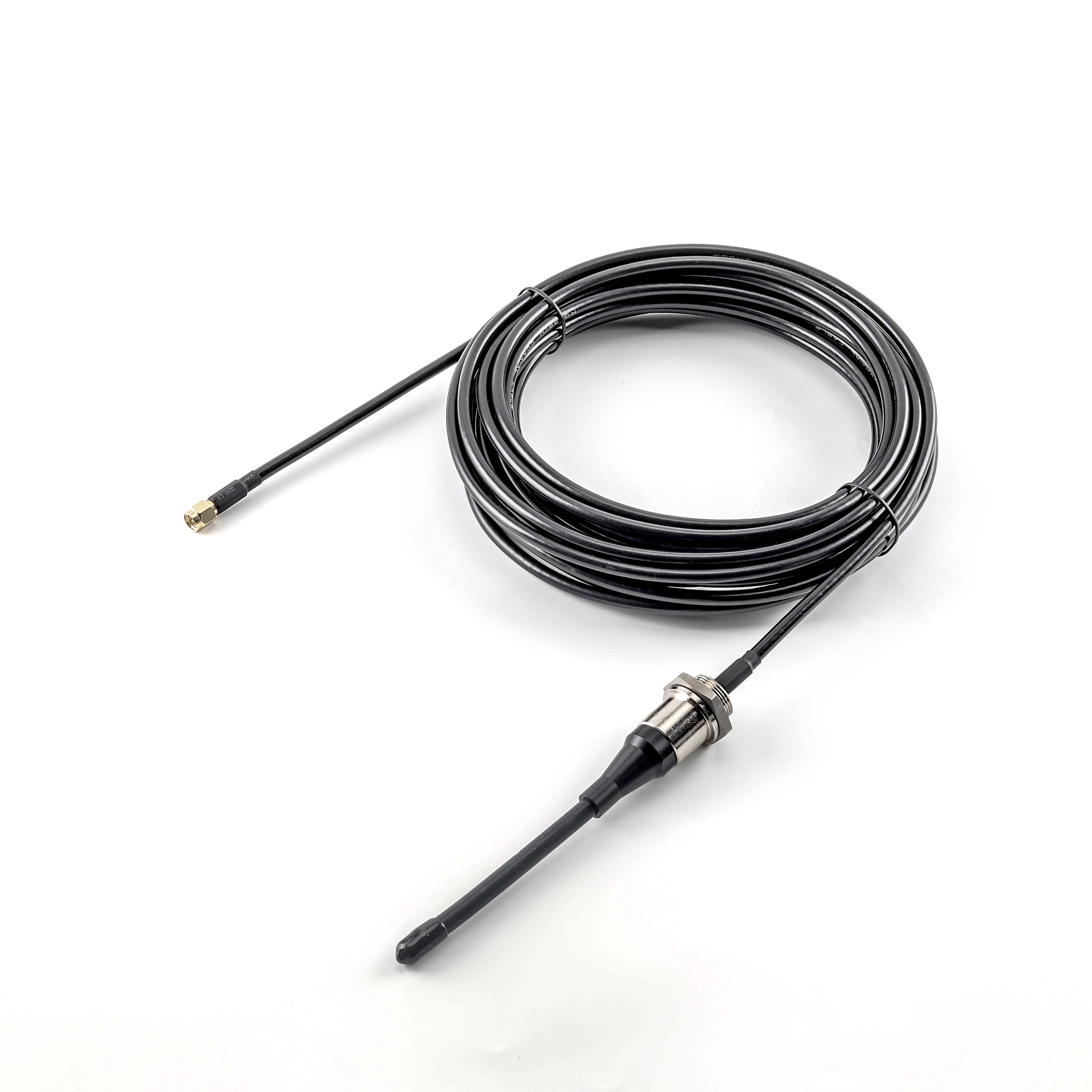What's the Difference Between RG58 and RG59
Views: 781
Author: Site Editor
Publish Time: 2025-09-23
Origin: Site
Coaxial cables are a fundamental component in both modern and legacy electronic systems. Whether transmitting radio frequency (RF) signals, analog video, or networking data, choosing the correct coaxial cable can significantly impact performance and signal quality. Among the many coaxial options, RG58 and RG59 cables are two of the most widely used. Understanding the differences between them is crucial for both professionals and enthusiasts to ensure optimal results in their projects.
Understanding RG58 and RG59
RG58 Cable Overview
RG58 cable is a 50-ohm coaxial cable with a 20 AWG conductor. Its design offers flexibility and durability, making it ideal for applications that require frequent handling or medium-distance runs. RG58 is often used in amateur radio setups, 10Base2 Ethernet networks, and RF signal transmission. Its low attenuation characteristics help maintain signal integrity over medium distances, while the relatively small diameter and flexibility make installation easier in complex environments. However, it is less suited for high-frequency video applications or long-distance signal transmission where signal loss can become significant.
RG59 Cable Overview
In contrast, RG59 is a 75-ohm coaxial cable with a slightly smaller 22 AWG conductor. This impedance is ideal for video signal transmission, which is why RG59 is commonly found in CCTV systems, cable television infrastructure, and residential video networks. RG59’s thicker insulation and protective PVC jacket allow it to maintain signal quality for high-frequency signals, especially over short to medium distances. While slightly less flexible than RG58, RG59 excels in environments where video clarity and minimal signal loss are critical.
Key Technical Differences
The primary difference between RG58 and RG59 lies in their impedance. RG58’s 50-ohm design makes it suitable for radio transmission and data communication, where maintaining signal strength is essential. RG59’s 75-ohm impedance aligns with the requirements of audiovisual applications, delivering efficient high-frequency signal transfer.
Signal loss and frequency response also differ. RG58 handles low-frequency signals effectively, whereas RG59 performs better with high-frequency video signals due to its construction. The shielding, dielectric material, and conductor size contribute to these characteristics, impacting both performance and application suitability. In addition, environmental considerations—such as exposure to electrical interference or mechanical stress—play a role in cable selection. RG58’s flexibility makes it easier to route in complex setups, while RG59’s sturdier design ensures stability for video transmission.
Practical Applications Compared
RG58 Applications
RG58 is often chosen for amateur radio installations, ham transceivers, and scientific experiments where precision and signal reliability are critical. Its low-frequency performance and robust signal maintenance make it well-suited for mobile installations and temporary networking setups. Technicians frequently use RG58 in lab environments or RF projects where consistent performance and manageable cable handling are priorities.

RG59 Applications
RG59 excels in CCTV, residential TV, and CATV systems, providing clear and consistent video signals over short distances. The cable’s 75-ohm impedance allows for high-frequency signal transmission, making it a preferred choice in video-centric environments. Whether connecting security cameras or setting up home entertainment networks, RG59 ensures minimal interference and reliable image quality.
Limitations of Both
It is important to note that neither RG58 nor RG59 is optimal for broadband, high-frequency applications over long distances due to inherent signal loss. Matching the cable type to the system’s impedance is essential to avoid signal reflections and degradation, which could compromise performance.
Installation Considerations
Proper installation is critical for maximizing performance. Factors such as routing, avoiding parallel runs with power lines, and maintaining appropriate bending radii help preserve signal integrity. Correct connectors and impedance matching ensure that signals are transmitted without loss or interference. Environmental conditions—like outdoor exposure, UV radiation, or moisture—also influence the choice between RG58 and RG59. For instance, RG59 may require additional protection if used outdoors, whereas RG58 is often preferred for flexible, indoor RF setups.
Choosing Between RG58 and RG59
Selecting the right cable depends on the application, distance, frequency, and installation environment. For instance, RG59 is ideal for short-range video installations where maintaining image quality is critical. RG58, on the other hand, is better for amateur radio or RF communication where robust signal transmission is needed. Flexibility, ease of handling, and susceptibility to interference are additional factors that can guide your decision.
Alternatives and Future-Proofing
For high-frequency or long-distance video applications, RG6 coaxial cable may offer superior performance. RG6 has lower signal loss and higher frequency tolerance, making it suitable for HD television, broadband internet, and modern CCTV systems. While RG58 and RG59 are budget-friendly and reliable for many standard uses, RG6 provides long-term benefits by maintaining signal integrity over greater distances. Investing in high-quality cables ensures consistent performance and reduces the need for frequent replacements.
Conclusion
Understanding the differences between RG58 and RG59 is essential for achieving optimal performance in any coaxial cable application. RG58 is advantageous for low-frequency, data, and RF uses, while RG59 excels in video and high-frequency transmission over short to medium distances. Consider the application requirements, environmental factors, and installation constraints when making a choice. By selecting the appropriate cable, you can ensure signal integrity, reduce interference, and achieve reliable performance in your projects.

 EN
EN DE
DE JP
JP ES
ES SE
SE FR
FR IT
IT CN
CN 한국어
한국어 ภาษาไทย
ภาษาไทย بالعربية
بالعربية Nederlands
Nederlands Türkçe
Türkçe Język polski
Język polski Tiếng Việt
Tiếng Việt Zulu
Zulu Bahasa Malay
Bahasa Malay
